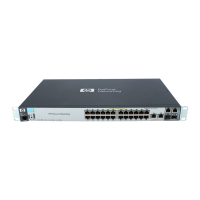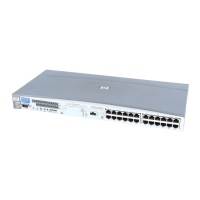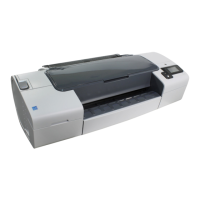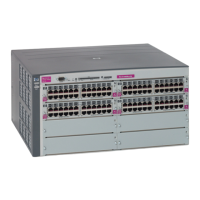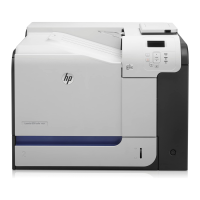are not compatible with the HP UPD versions of PCL and postscript emulation, you should retain the
current drivers and queues for the non-compatible applications.
●
Specialty products
●
Specific business applications, such as ERP
●
The use of certified drivers, such as SAP
●
Line printers
●
Large format printing products
●
HP products that feature edge-to-edge printing, which require product-specific drivers
Driver considerations
Please consider the following to determine if the HP UPD is the correct solution for your printing
environment.
●
The HP UPD is supported and tested on HP printers only. For non-HP products, HP
recommends using the driver supplied by the product manufacturer.
●
Not all HP printers are supported by the HP UPD. The HP UPD supports most workgroup class
HP LaserJet printers and MFPs, and a number of business Inkjet printers. Some personal
HP LaserJet and Inkjet printers are not supported. For the most current list of HP UPD
supported products, see the following website
www.hp.com/go/upd.
Pre-configuration, policy and access requirements
If you have a goal of setting up custom default settings, or restricting access to printers or printer
capabilities like color printing, now is the time to make a list of all those requirements.
Environment and network compatibility
Validate that the HP UPD is compatible with your current environment and network communication
protocols. Make sure that the SNMP and mDNS protocols are not being filtered or blocked. The
HP UPD requires these protocols for discovery and communication with products. See
HP UPD
Deployment Worksheet on page 189 to make sure the HP UPD will work in your environment
Baseline the system
Test that all your applications (shrink wrapped and home-grown) are compatible with the HP UPD.
Run performance and printing tests using “typical” documents.
Risk management
As with most projects, there are risks involved. Spend some time identifying these and how to
mitigate any that might be serious. Some suggestions are:
●
Make a backup of all systems before making any modifications.
●
Thoroughly test before going into production.
●
Plan your activities for a time of low print server usage to minimize user impact.
● When migrating to a new server, keep the old server operational for a period of time just in case
you need to fall back to it.
ENWW Initiation and planning 11
